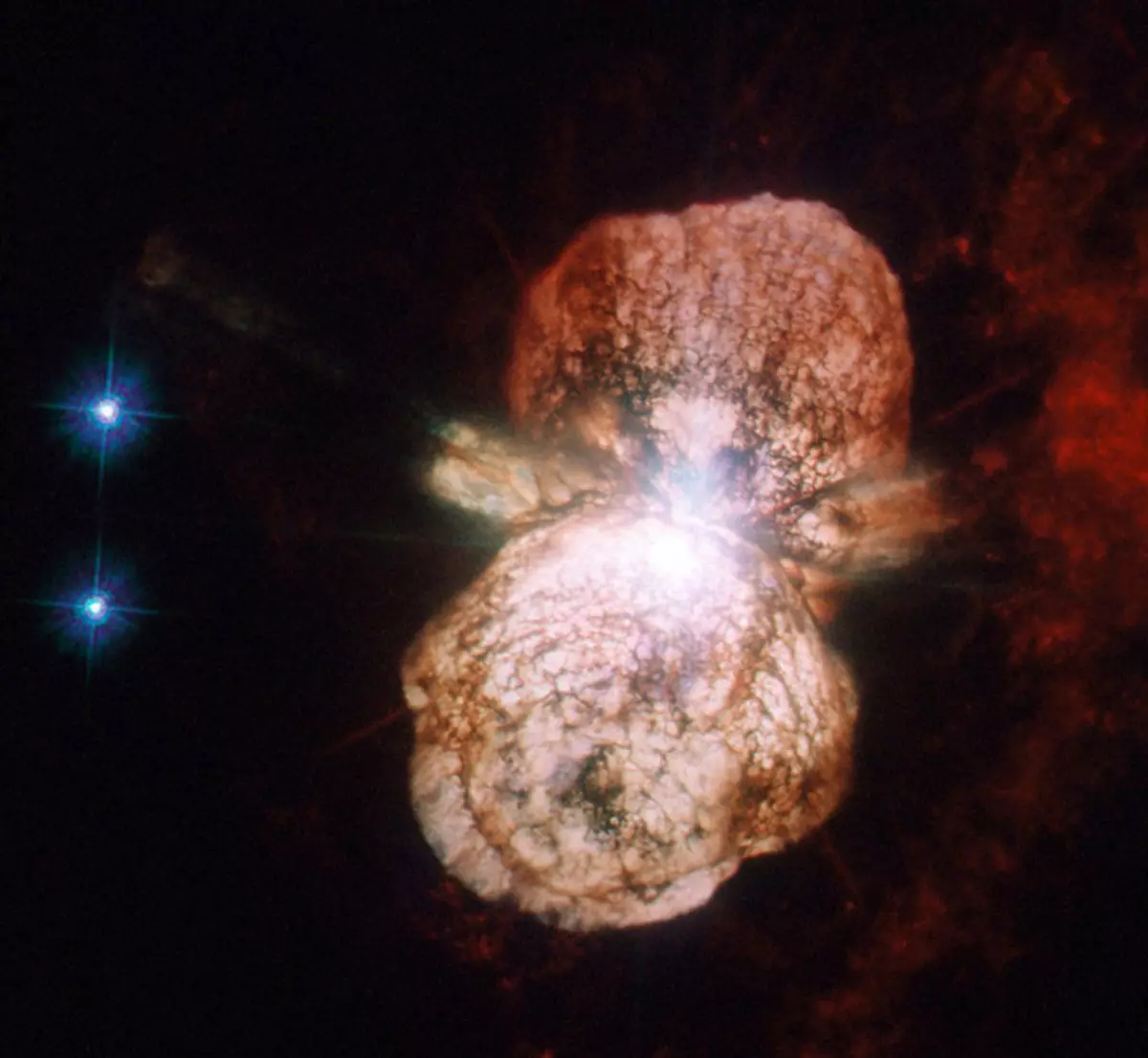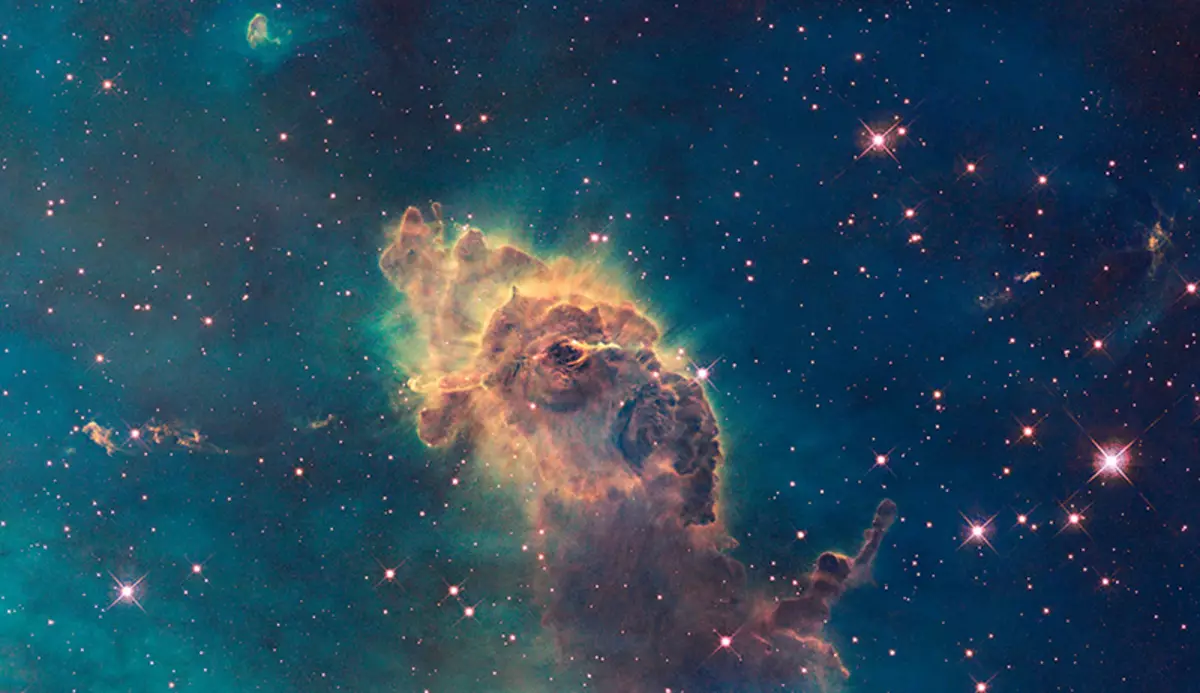
Вось ужо 26 гадоў на зямной арбіце круціцца тэлескоп Хабл. За гэты час ён зрабіў мільёны здымкаў Сусвету. Мы выбралі для цябе 30 самых прыгожых.
Зорнае навала Westerlund 2.
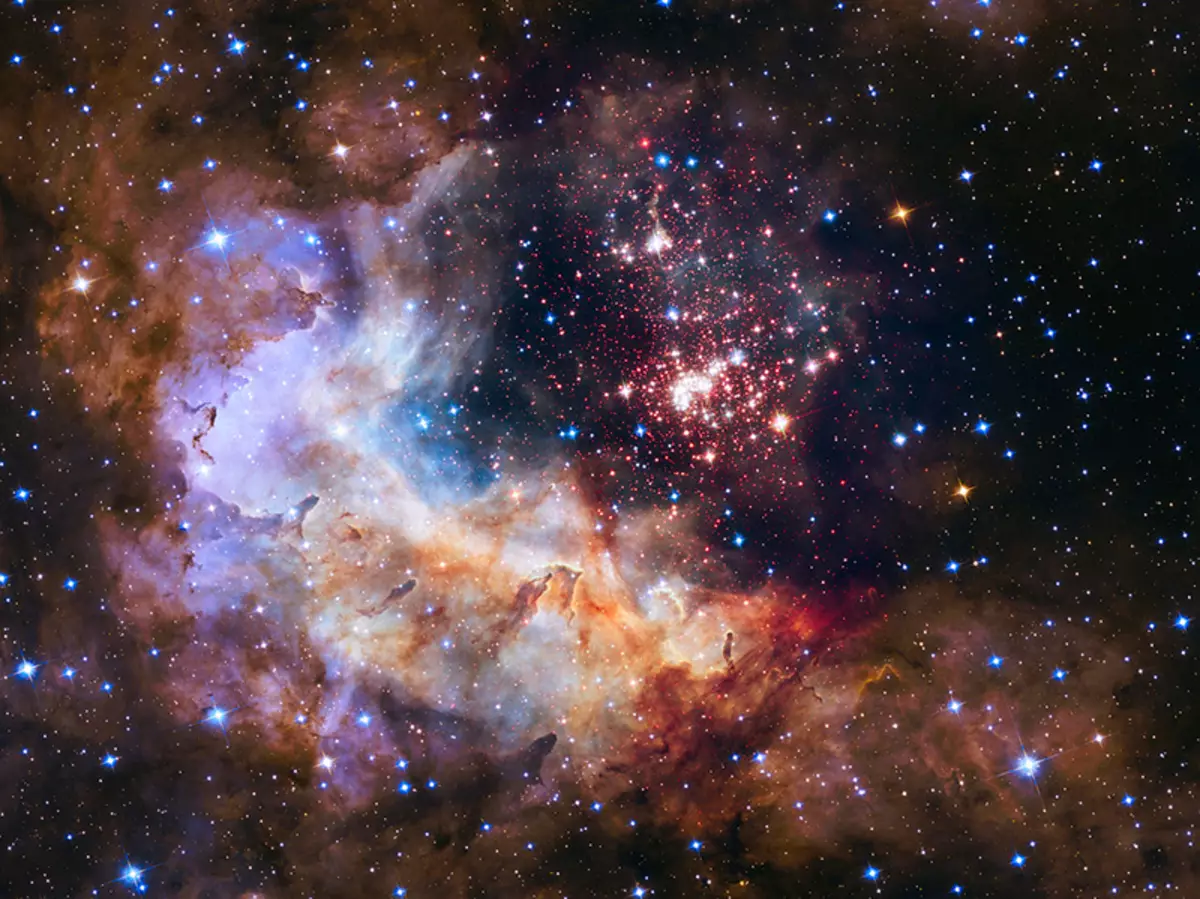
Адзін з самых свежых здымкаў Хабл - цэнтр Млечнага Шляху. Бліжэйшая да нас зорачка з гэтай фатаграфіі знаходзіцца ў за 27 000 светлавых гадоў ад Зямлі.
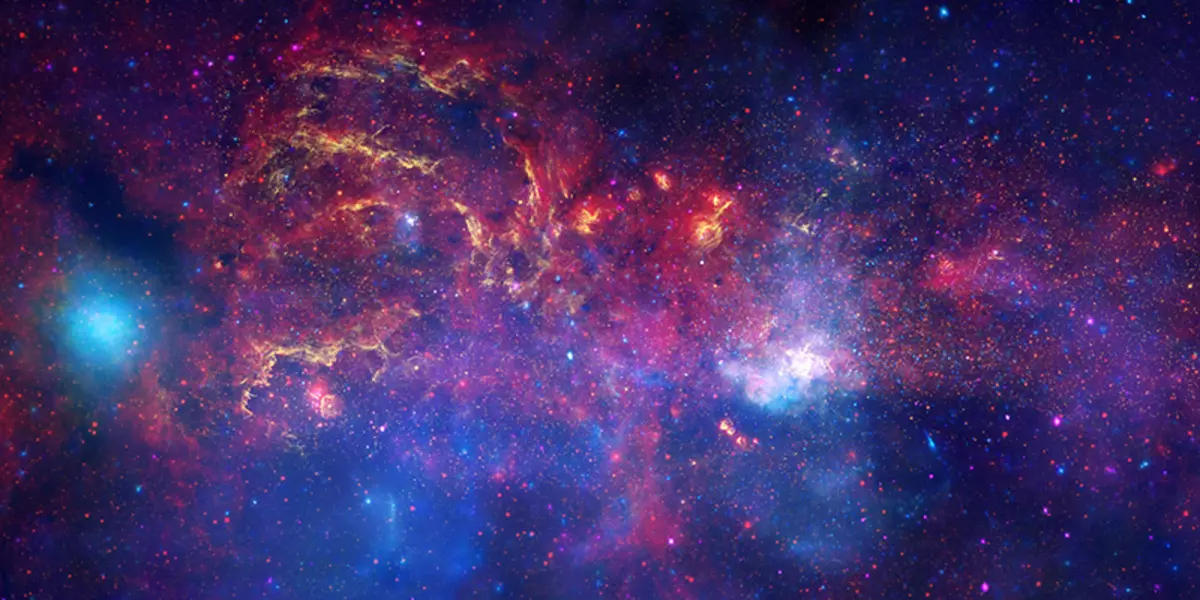
Воблака газу і пылу дзесьці ў імглістасці Арла.
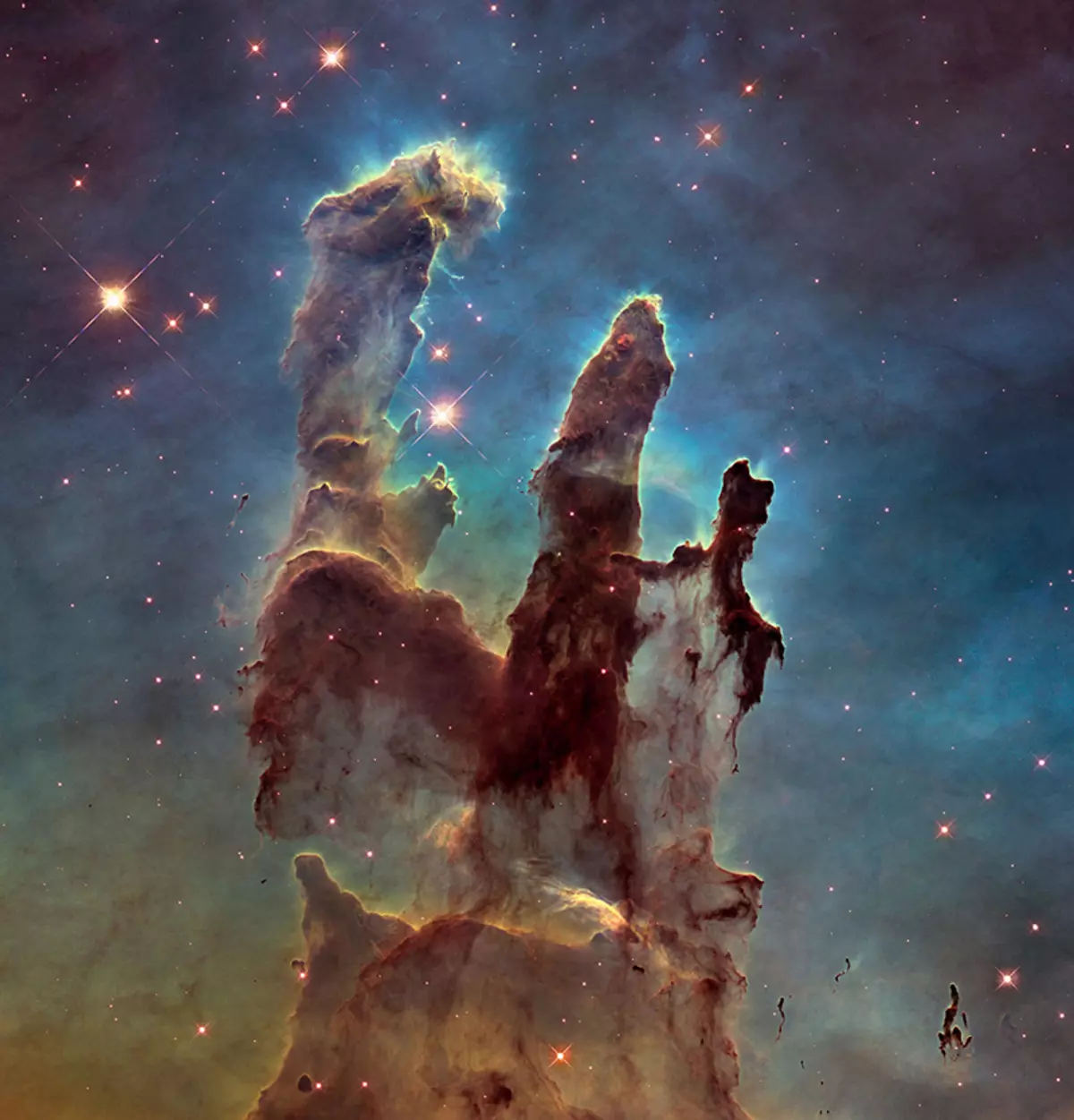
Гэта самы выразны і дэталёвы здымак Крабовидной імглістасці, які пакуль ёсць у чалавецтва. Гэтая імглістасць - усё, што засталося ад звышновай, рванувшей 4 ліпеня 1054 года ў зямным летазлічэння. Ўспышка была такой магутнай, што яе яшчэ месяц было відаць нават днём.
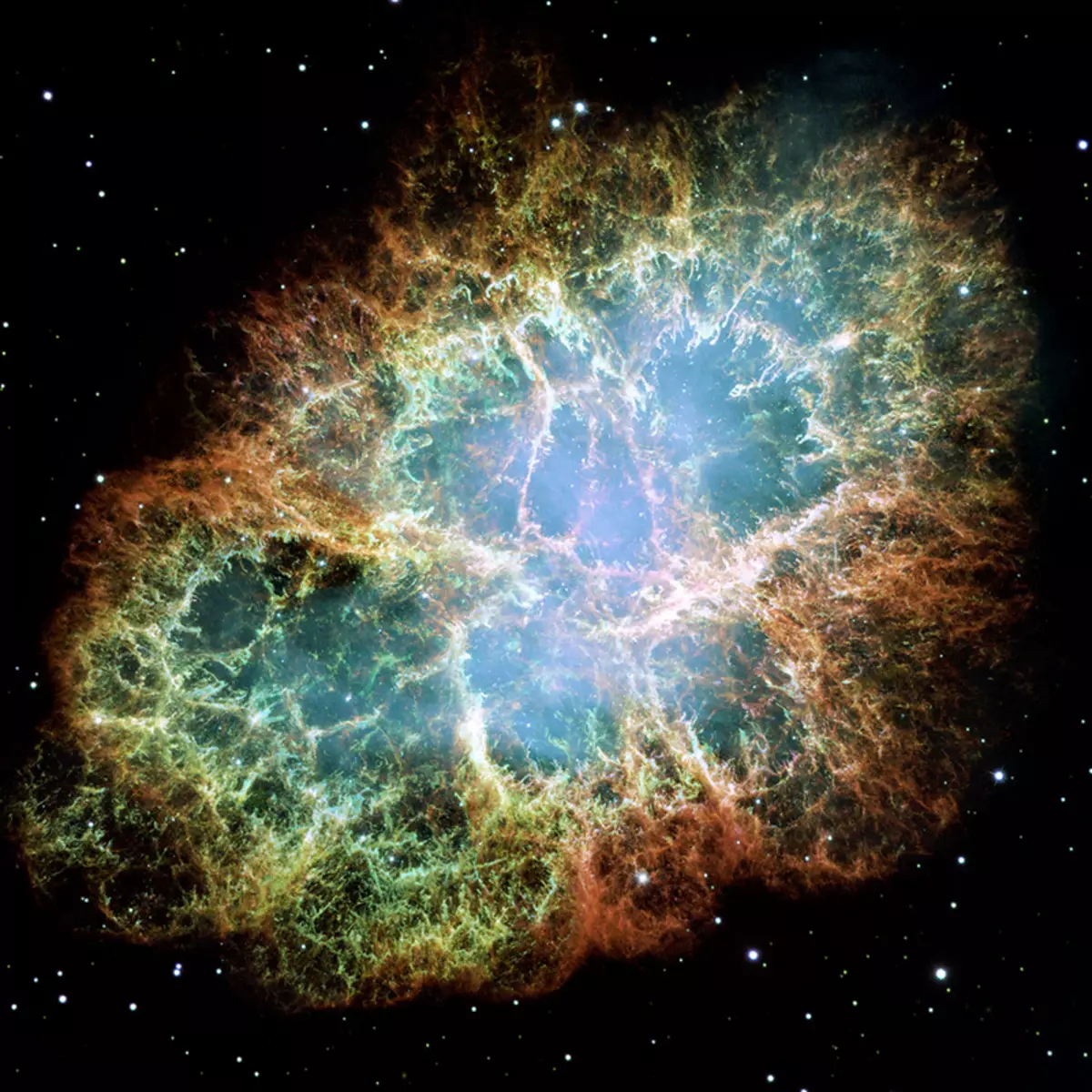
Імглістасць Медуза ў сузор'і Двайнят.
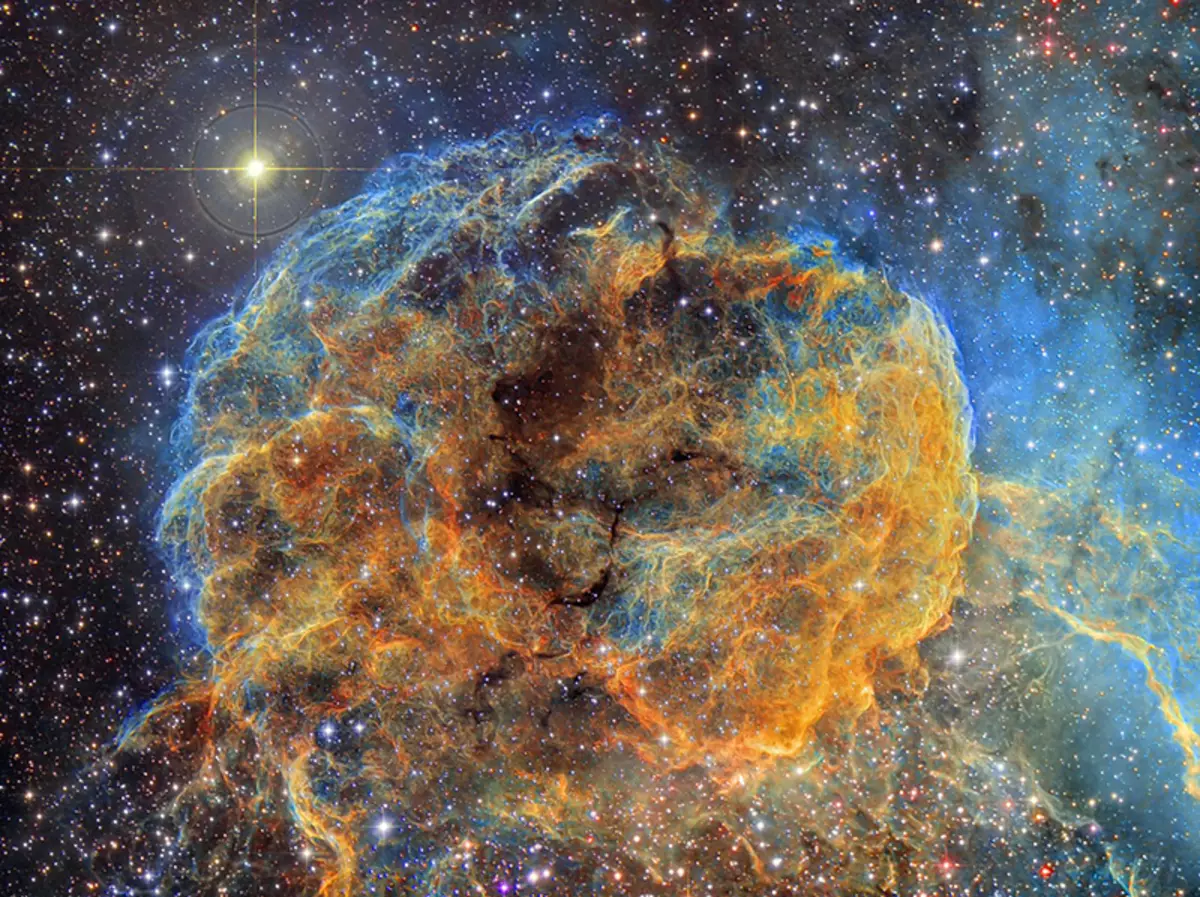
Біпалярная імглістасць Twin Jet - дзве зоркі, якія сышліся ў апошнім танго. Адна ўжо руйнуецца, а іншая яшчэ працягвае круціцца каля яе. Працэс пачаўся нядаўна - нейкіх за 1200 гадоў назад, прыкладна тады ж, калі на Русь заявіўся Рурык.
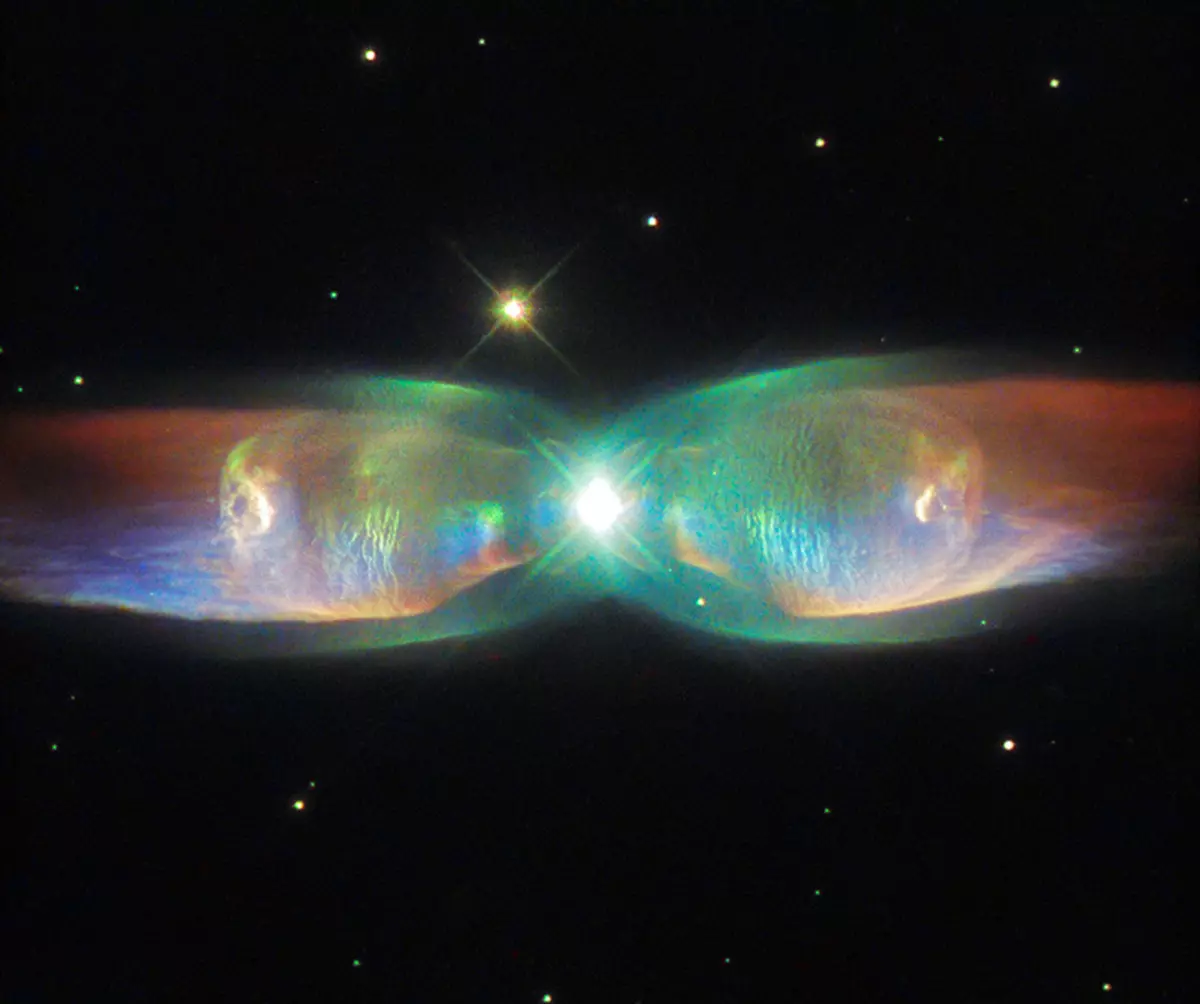
Гэта не Вока Саўрана. Гэта імглістасць Каціны Вока а сузор'і Дракона.
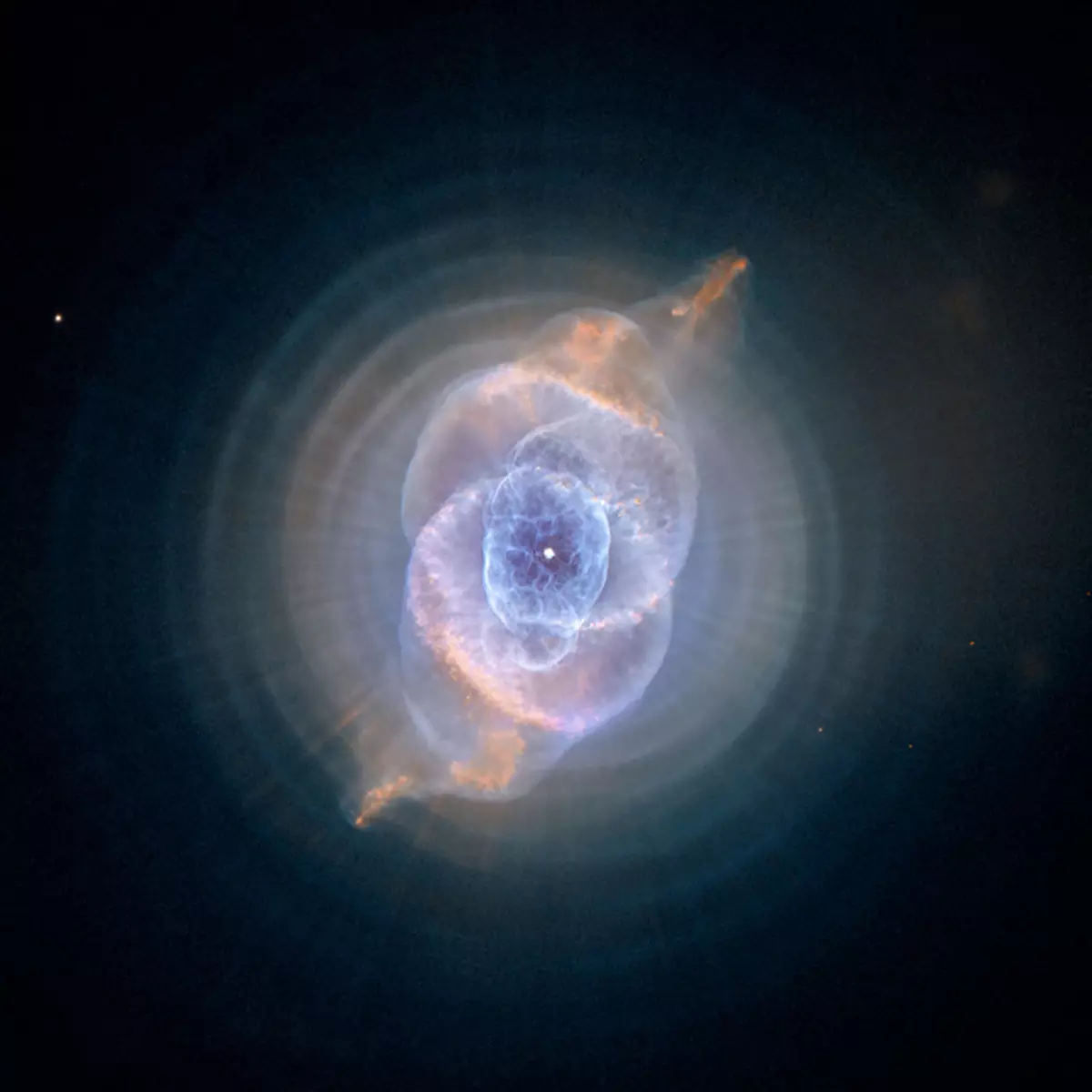
Нехта ў космасе надзьмуў бурбалка. Вельмі вялікі бурбалка - 23 светлавых гады ў дыяметры. Гэта скінутая абалонка звышновай зоркі ў Вялікім Магеллановом Воблака.
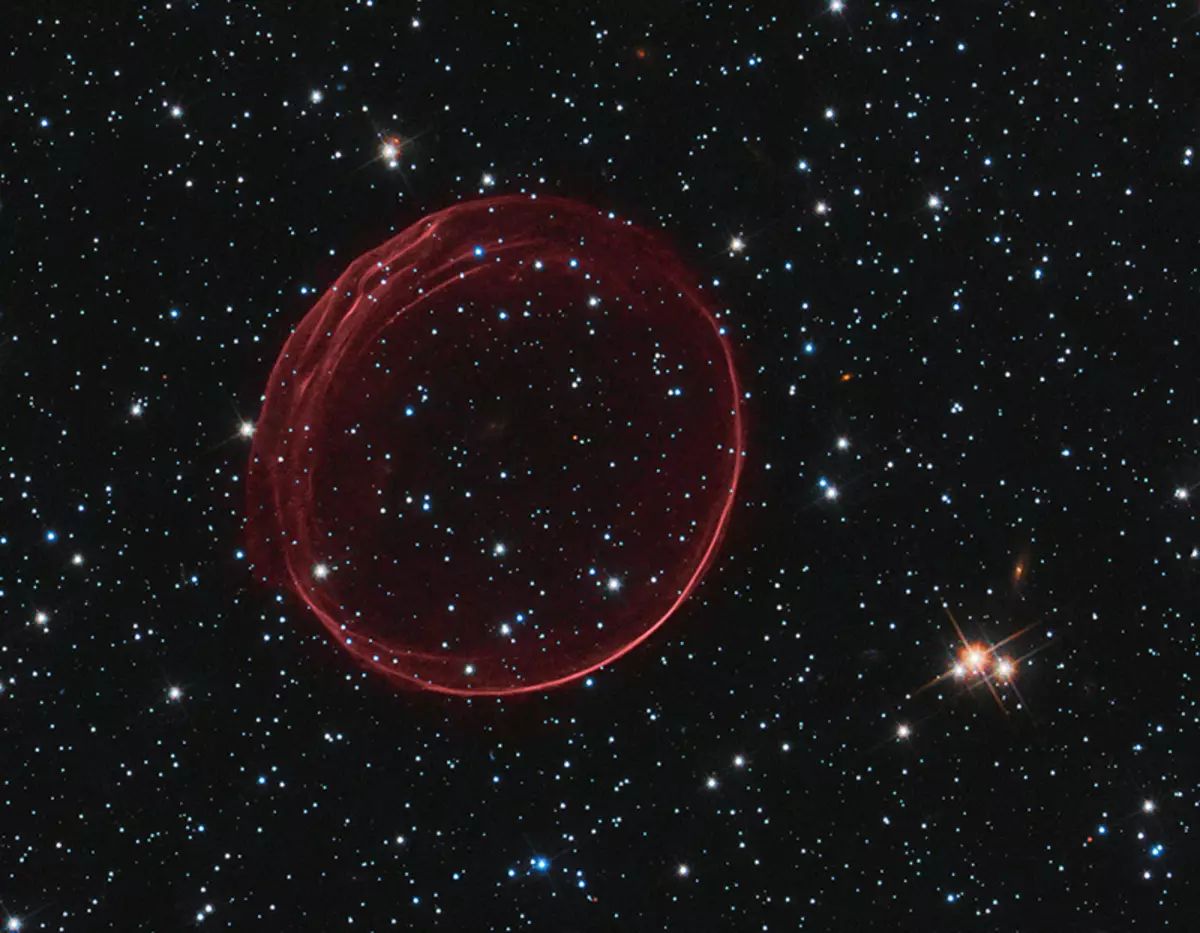
Мілая матылёк у сузор'і Скарпіёна. Цяжка паверыць, што гэтая сімпатычная штучка - распалены да 20 000С газ, які нясецца праз Сусвет на хуткасці 950 000 кіламетраў у гадзіну, а ў яе цэнтры - рэшткі загінулай зоркі.
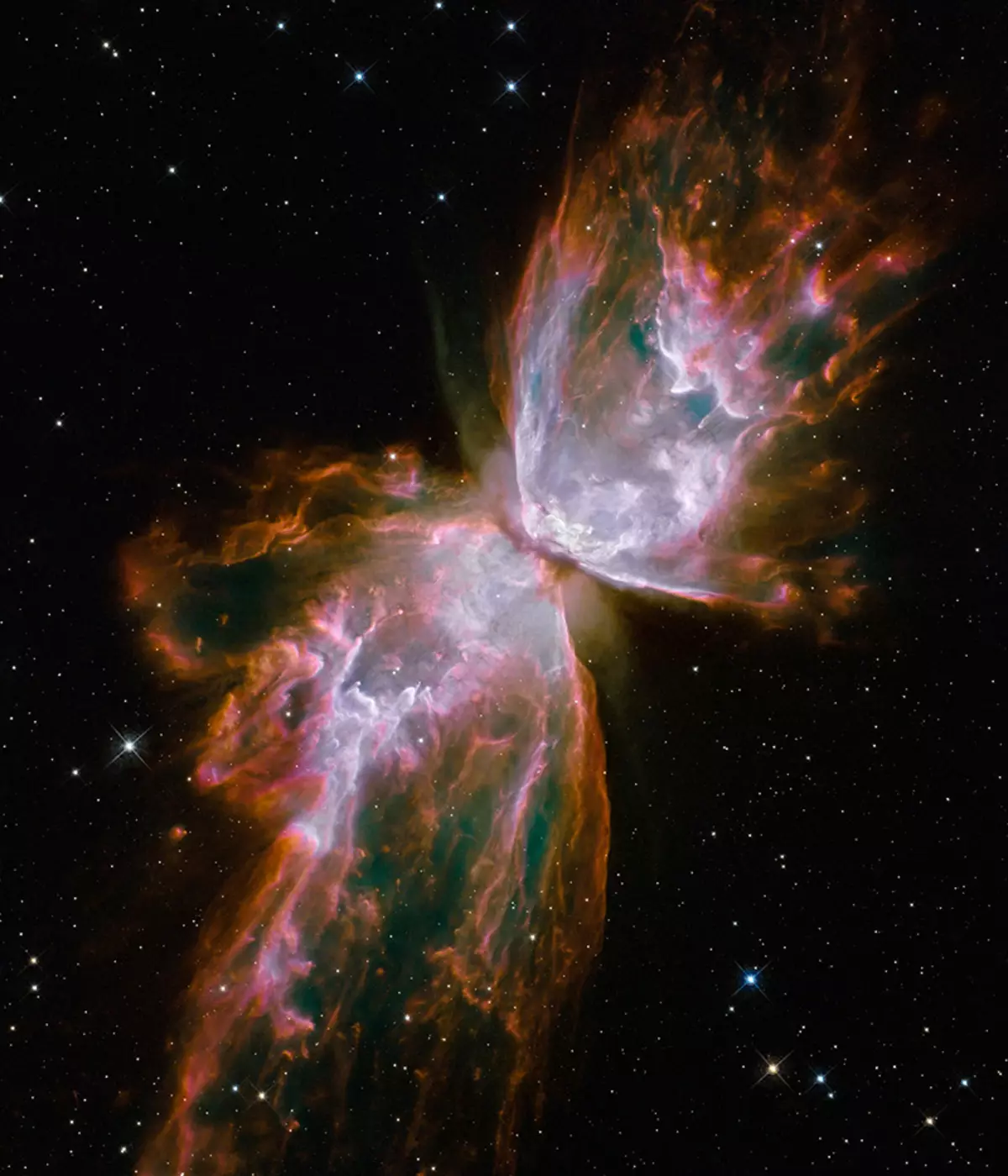
Так, гэта ён - Сатурн. І ён на самай справе вось такі, пастэльны.
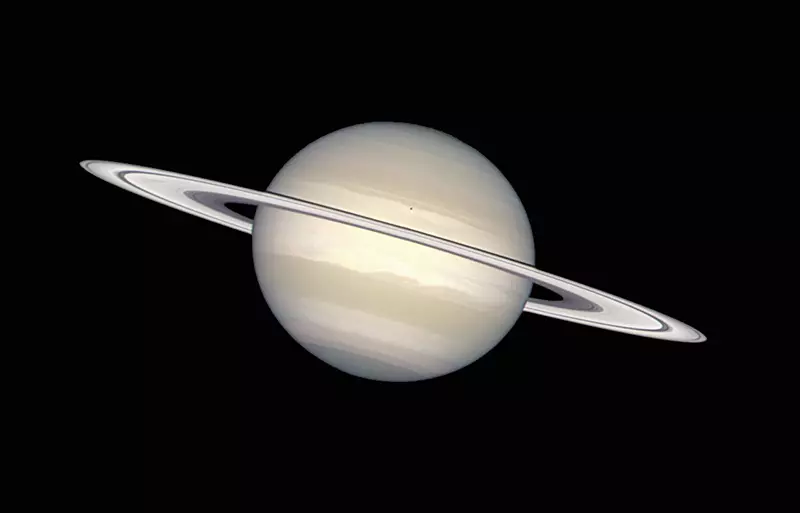
Спіральная Імглістасць ў сузор'і Муха. Фінальны этап эвалюцыі любой невялікі зоркі. Наша Сонца таксама так скончыць, хутчэй за ўсё.
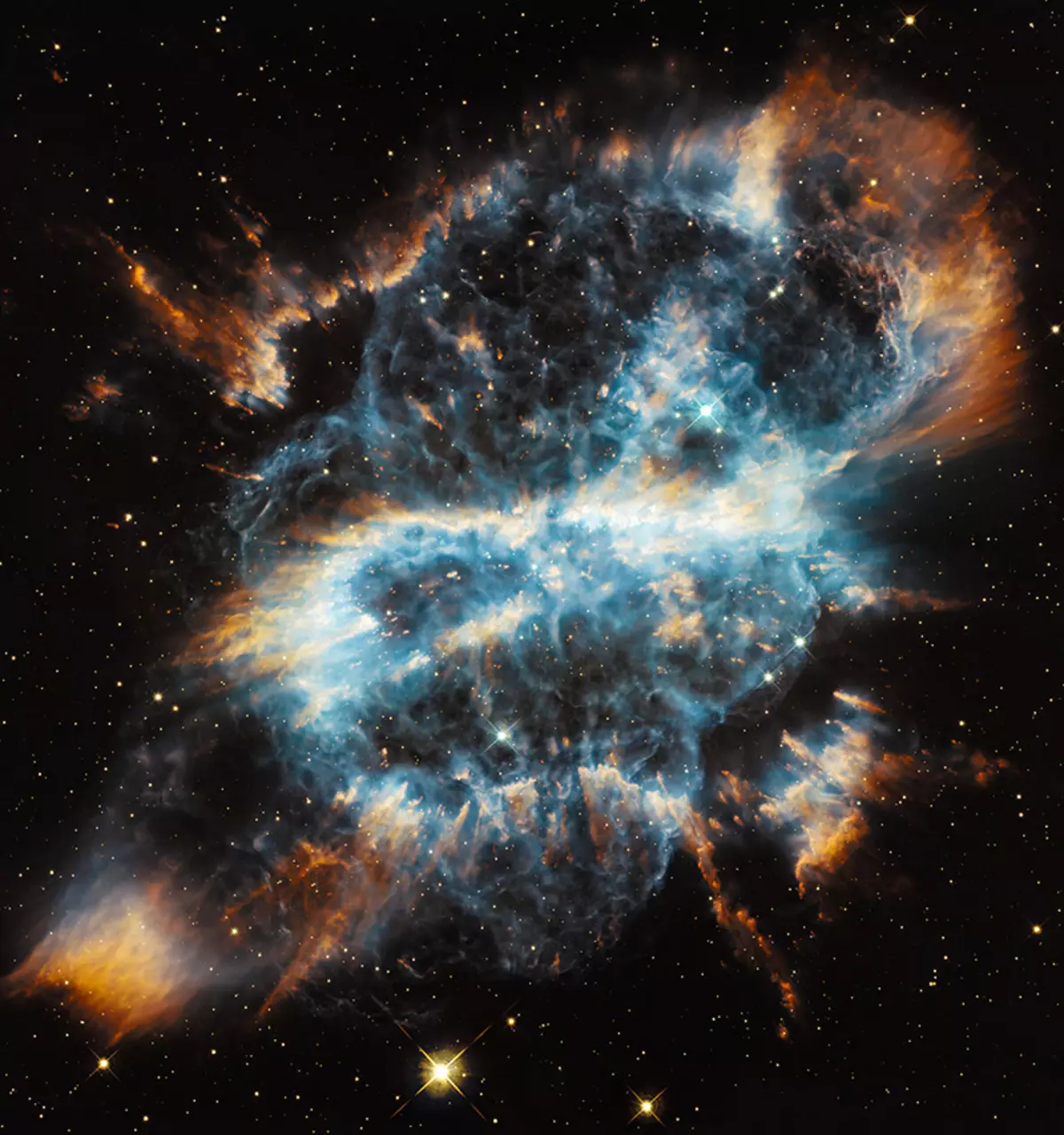
Аблокі касмічнай пылу ў сузор'і Кіля. Або ў Мордора.
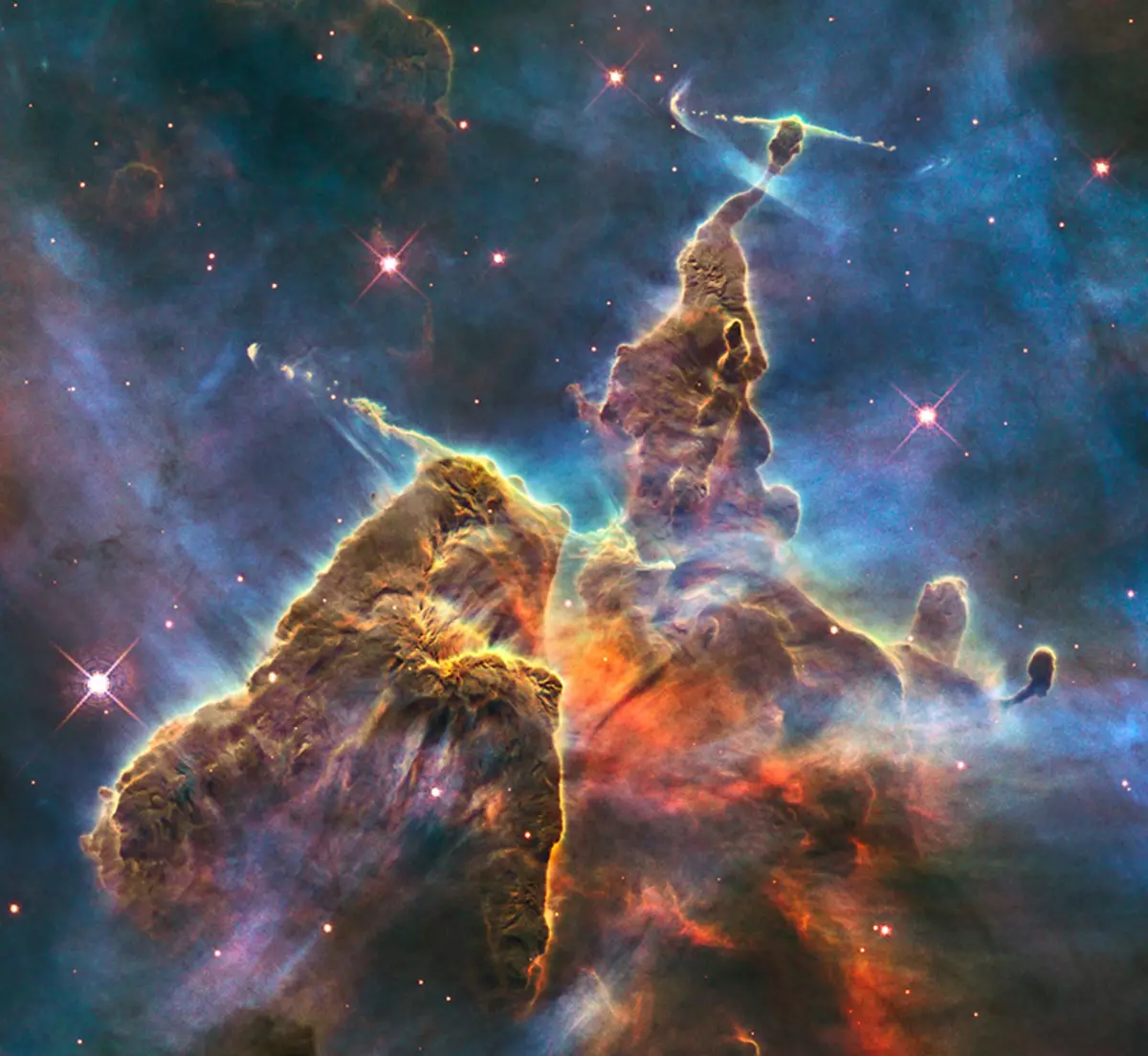
Меркурый, сіні і пабіты.
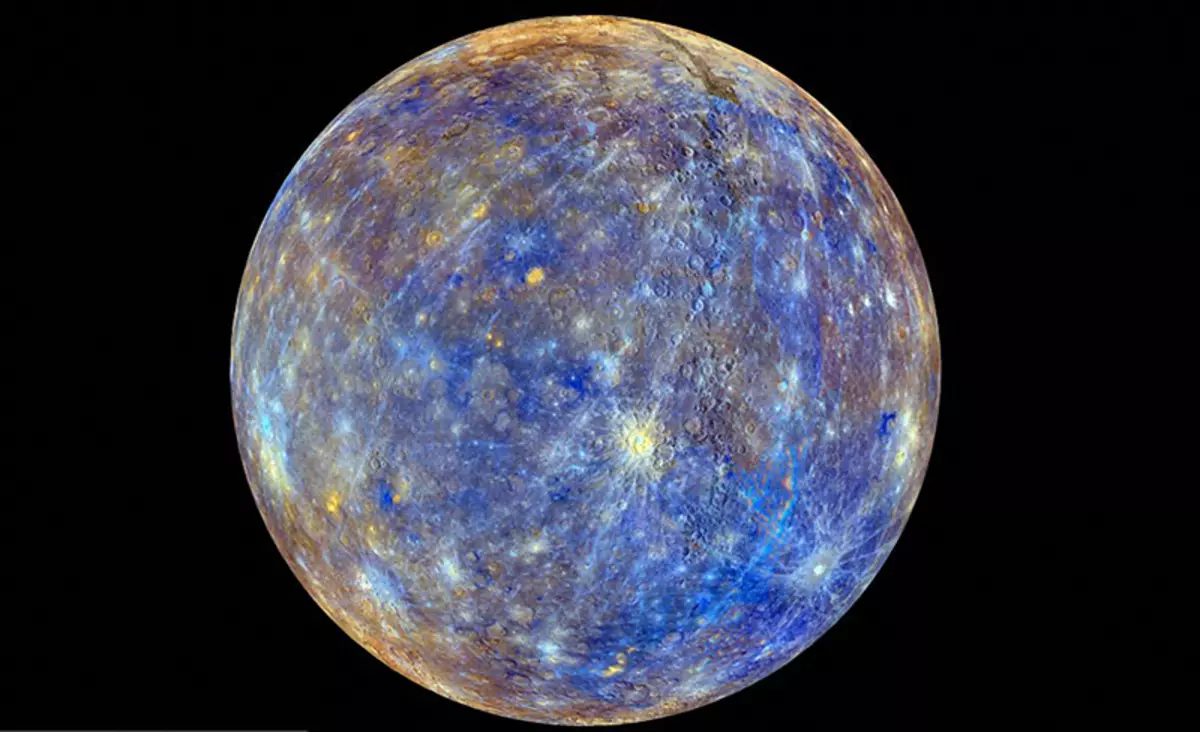
Імглістасць Слімак ў сузор'і Вадалея - адна з самых блізкіх да нас планетарных туманнасцяў. Нейкіх 650 светлавых гадоў.
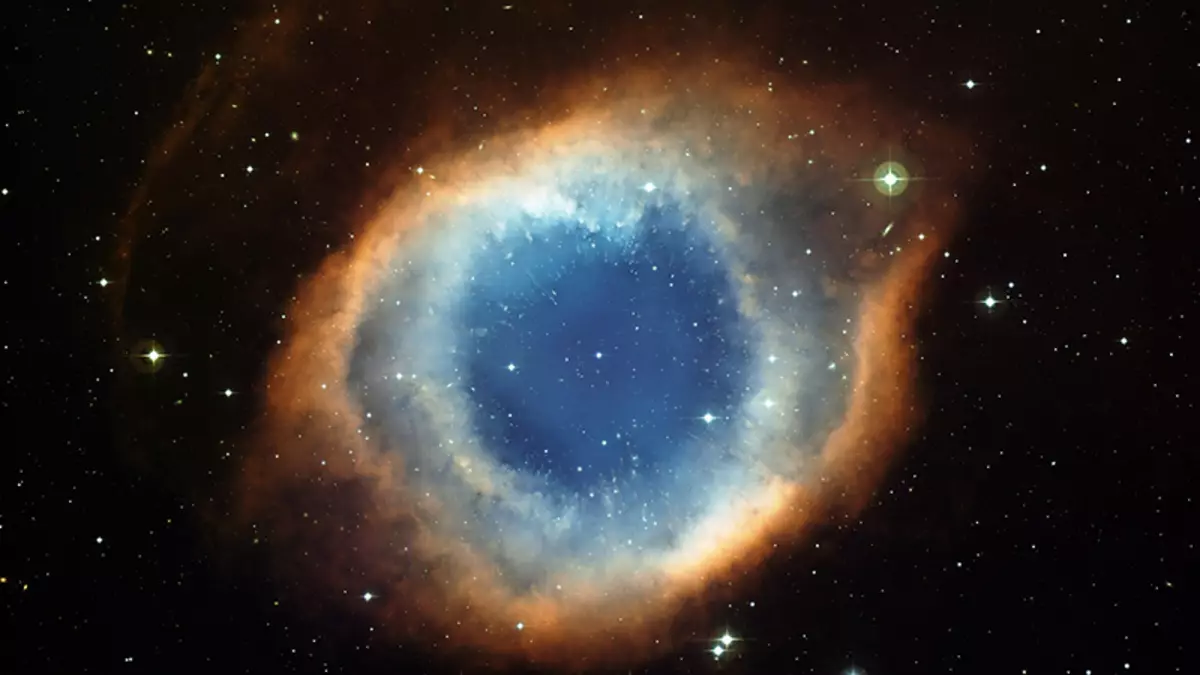
Галактыка NGC 7049 у сузор'і Індзейца. Нешта падобнае маглі б зрабіць дызайнеры Tiffany.
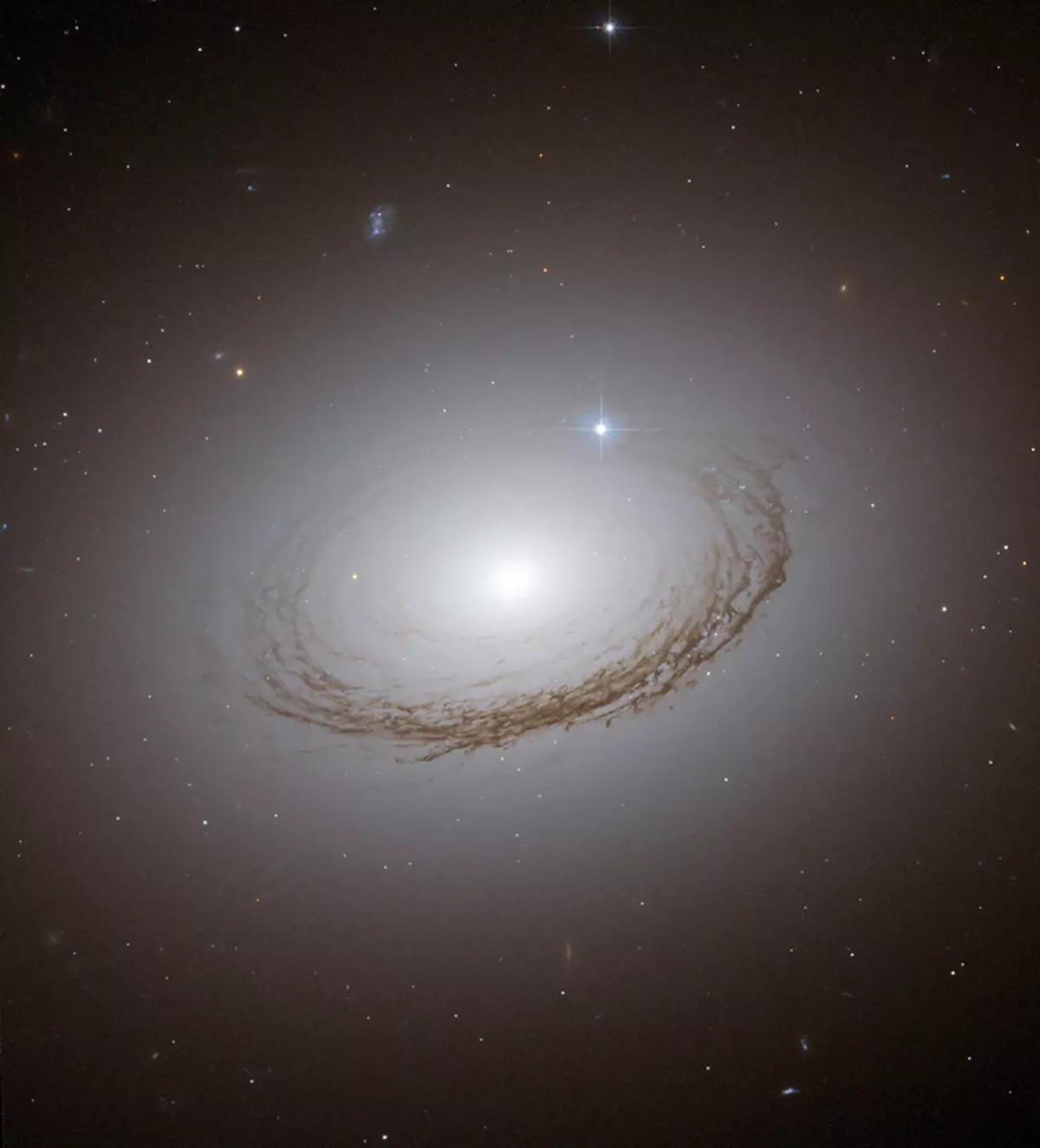
Малое Магеланава Воблака - галактыка-сатэліт нашага Млечнага шляху.
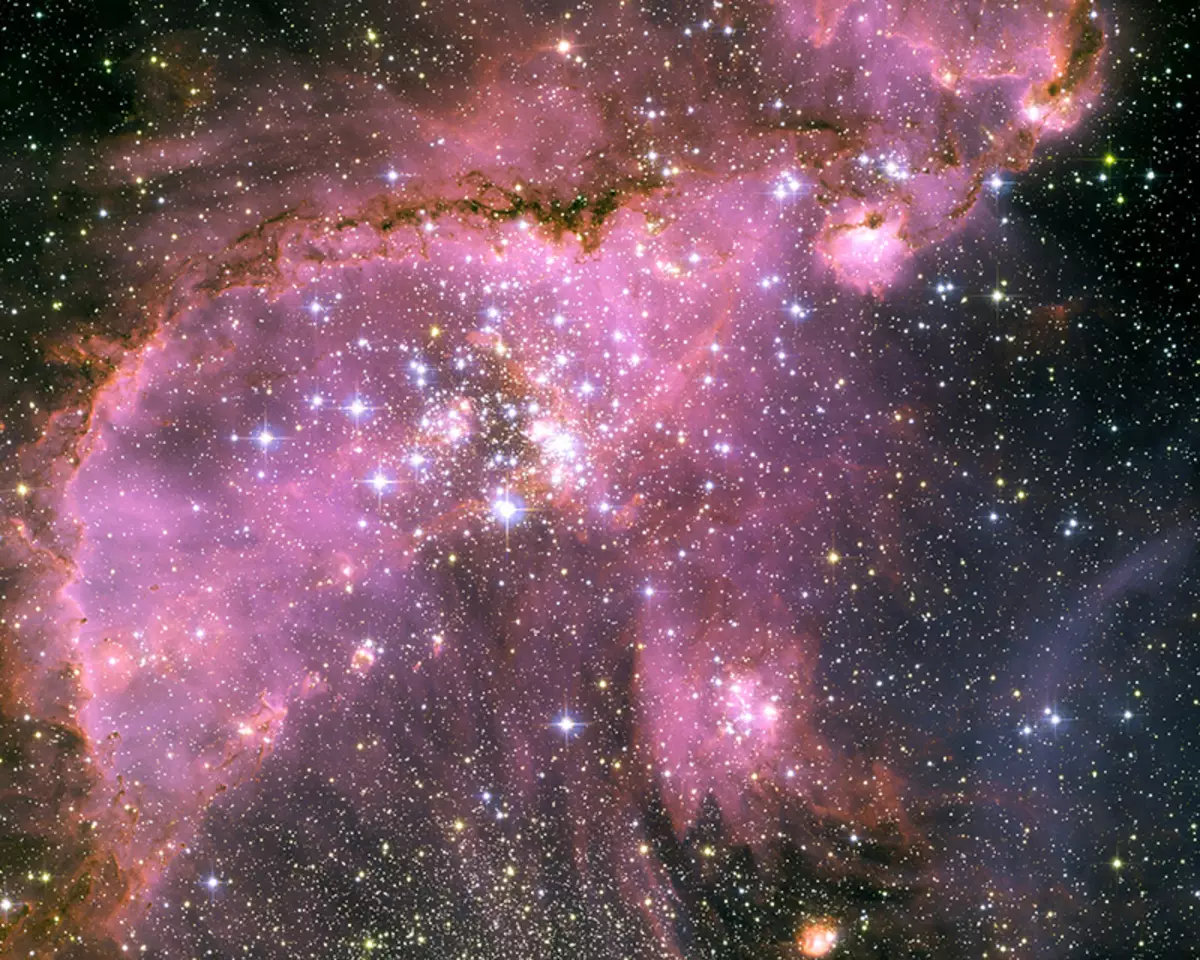
Маленькая галактыка ў сузор'і Дзевы. Адзінюткая.
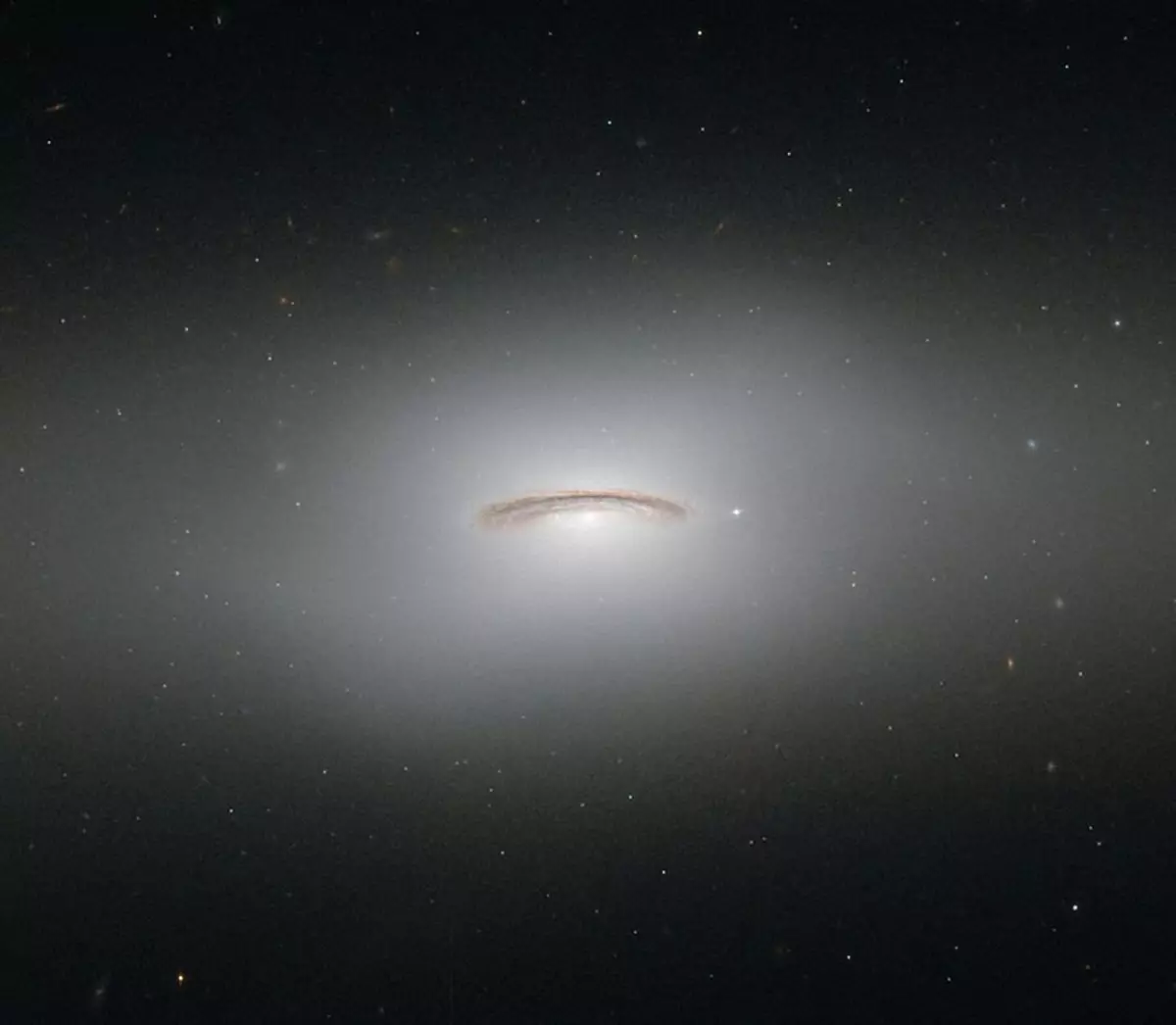
Юпітэр буйным планам, у адрозненне ад нас, глядзіцца нават лепш.
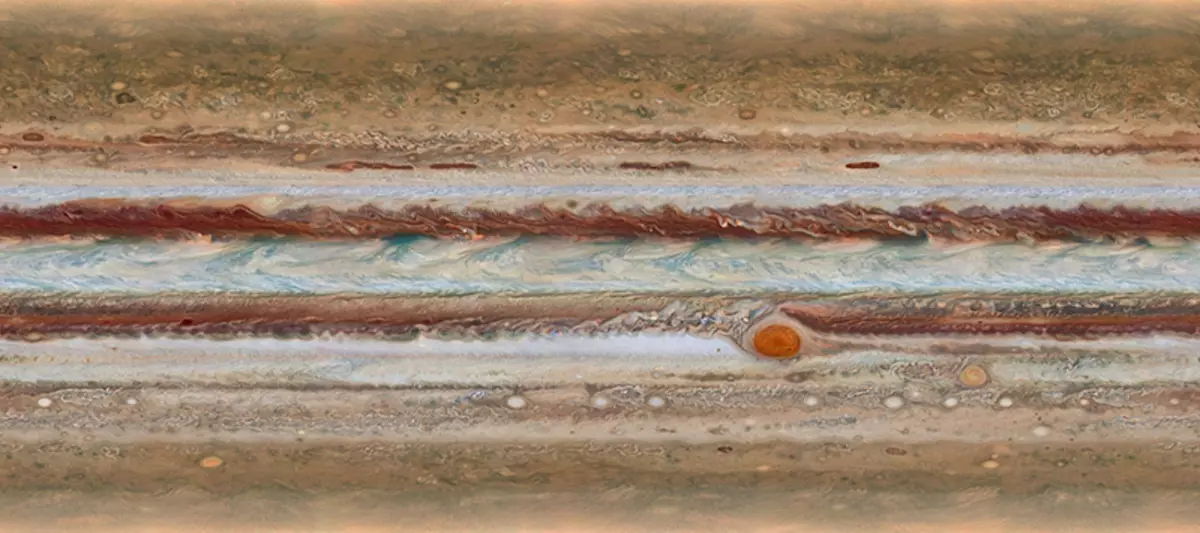
Гэтая галактыка з паэтычнай назвай NGC 4206 - цэх па вытворчасці зорак. Бачыш блакітныя кропкі па краі? Гэта газ, які потым ператворыцца ў чыё-то сонца.
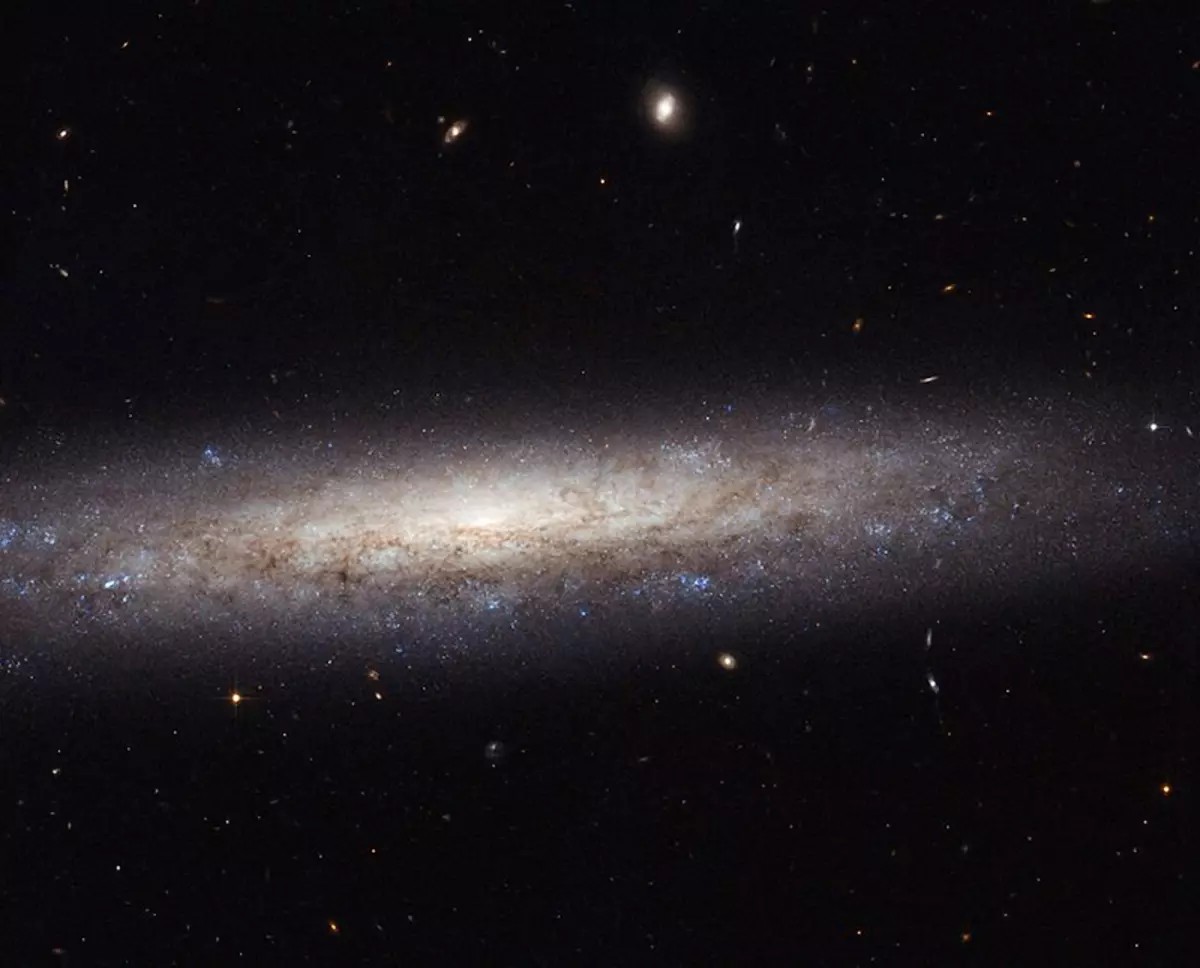
Імглістасць Вэлюм - шмаццё звышновай.
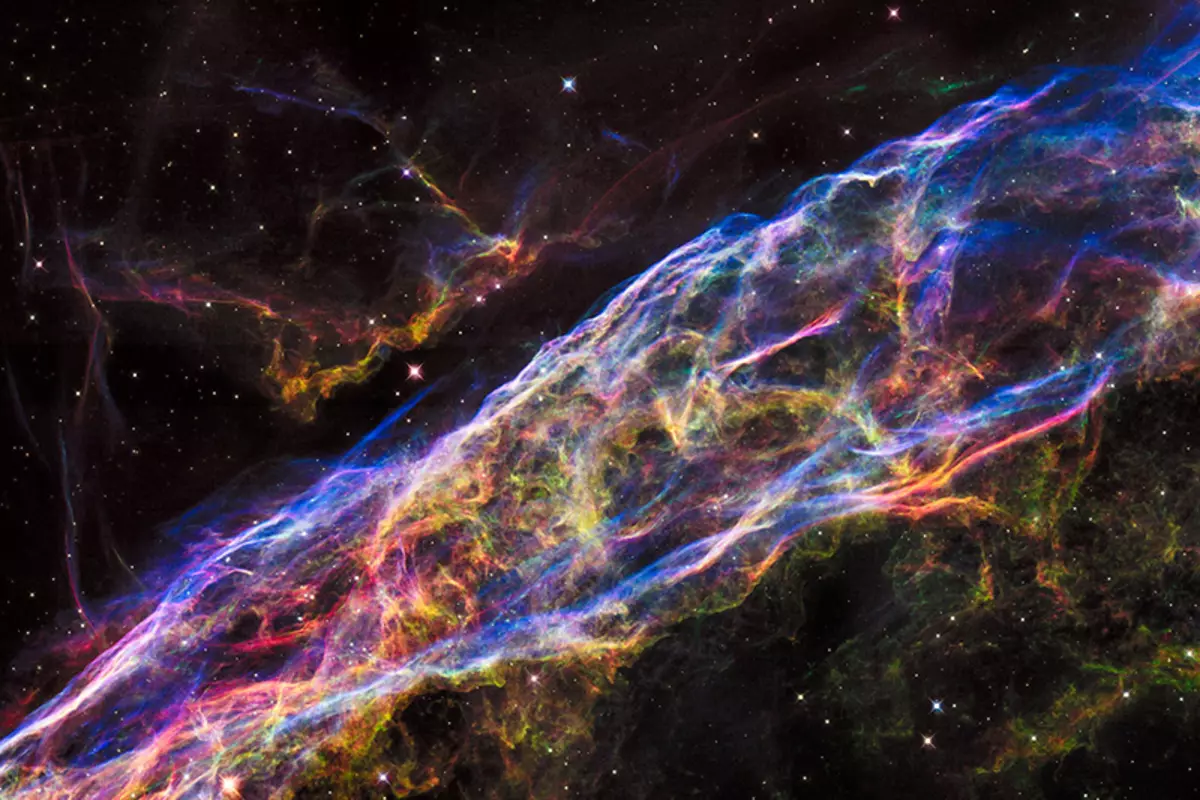
Галактыка Вір і яе маленькая суседка NGC 5195, якая круціцца на перыферыі вір ўжо некалькі соцень мільёнаў гадоў.
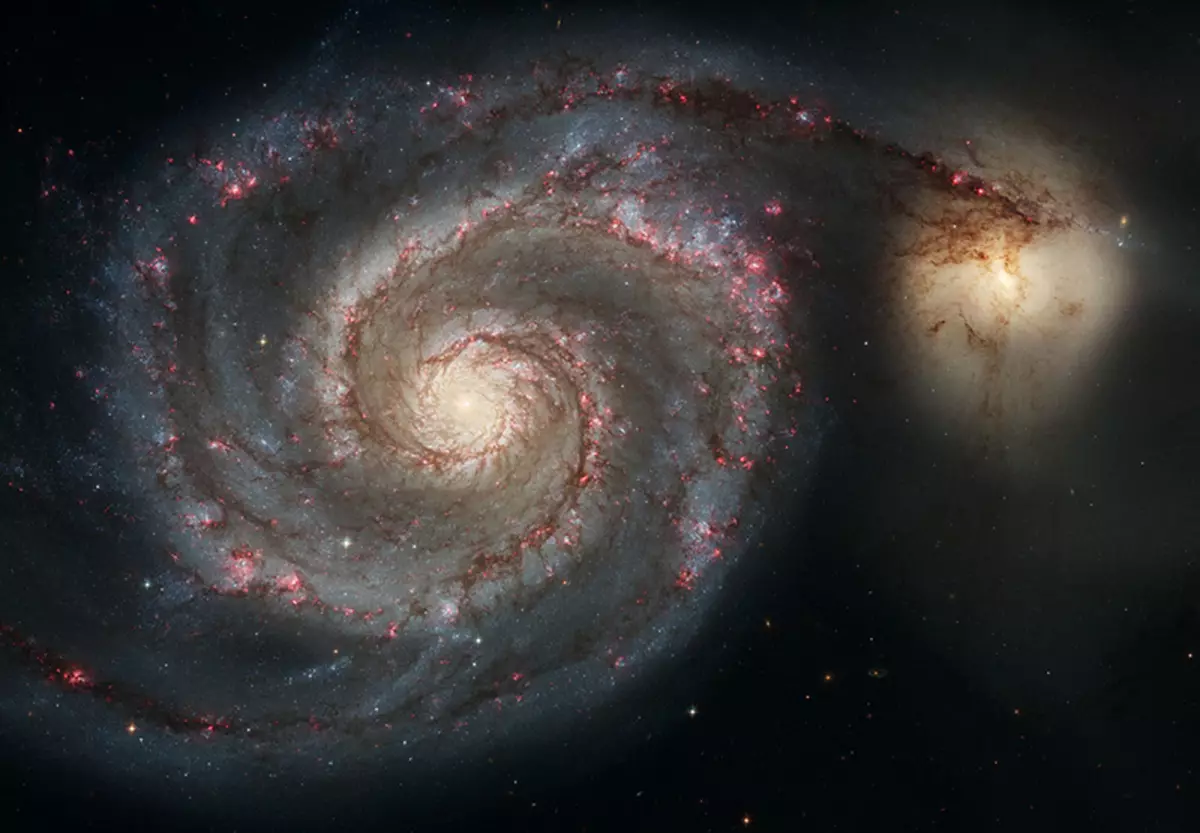
У цэнтры Млечнага шляху.
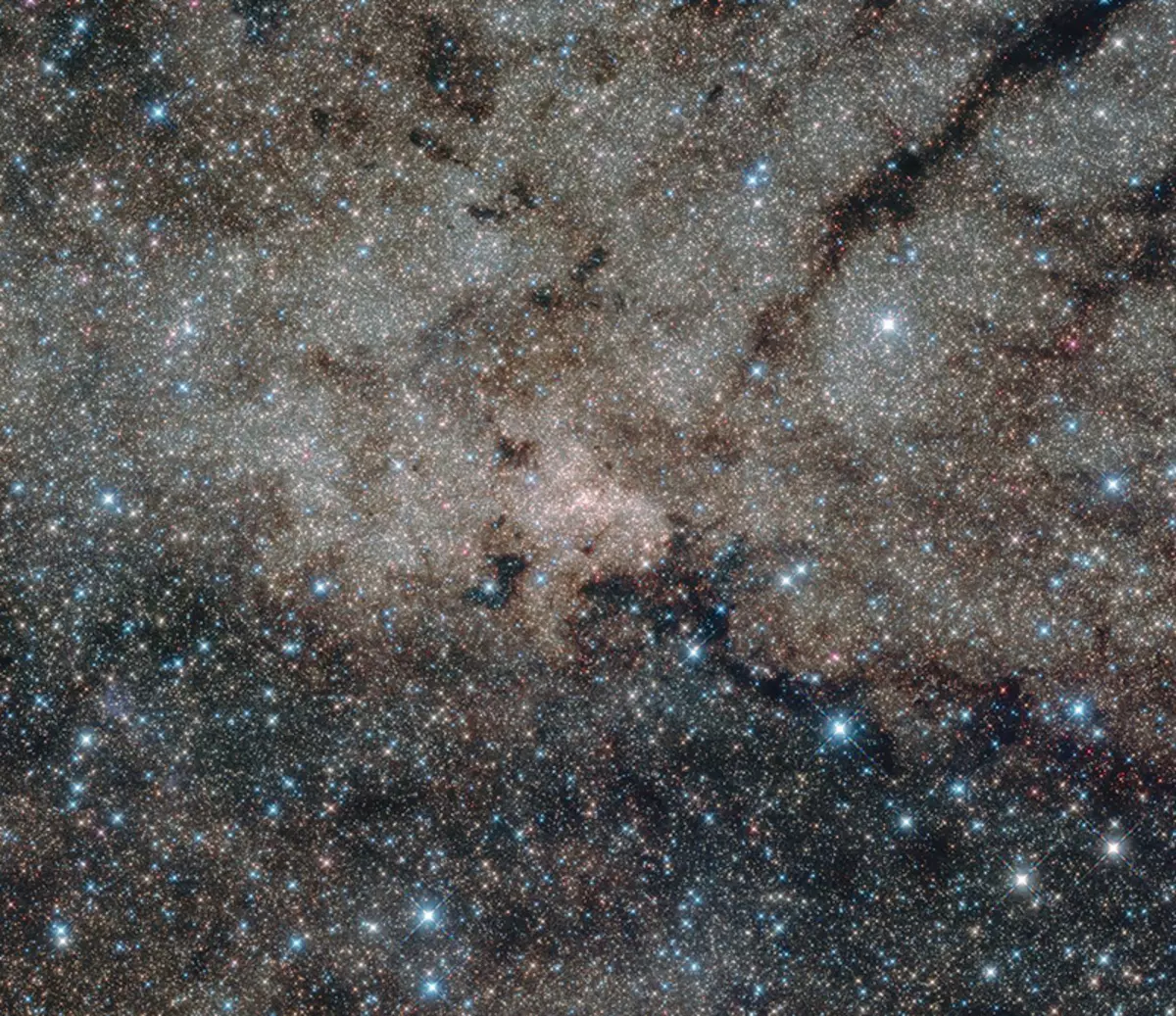
Імглістасць Арыёна, у якой прама вось цяпер ствараюцца новыя зоркі.
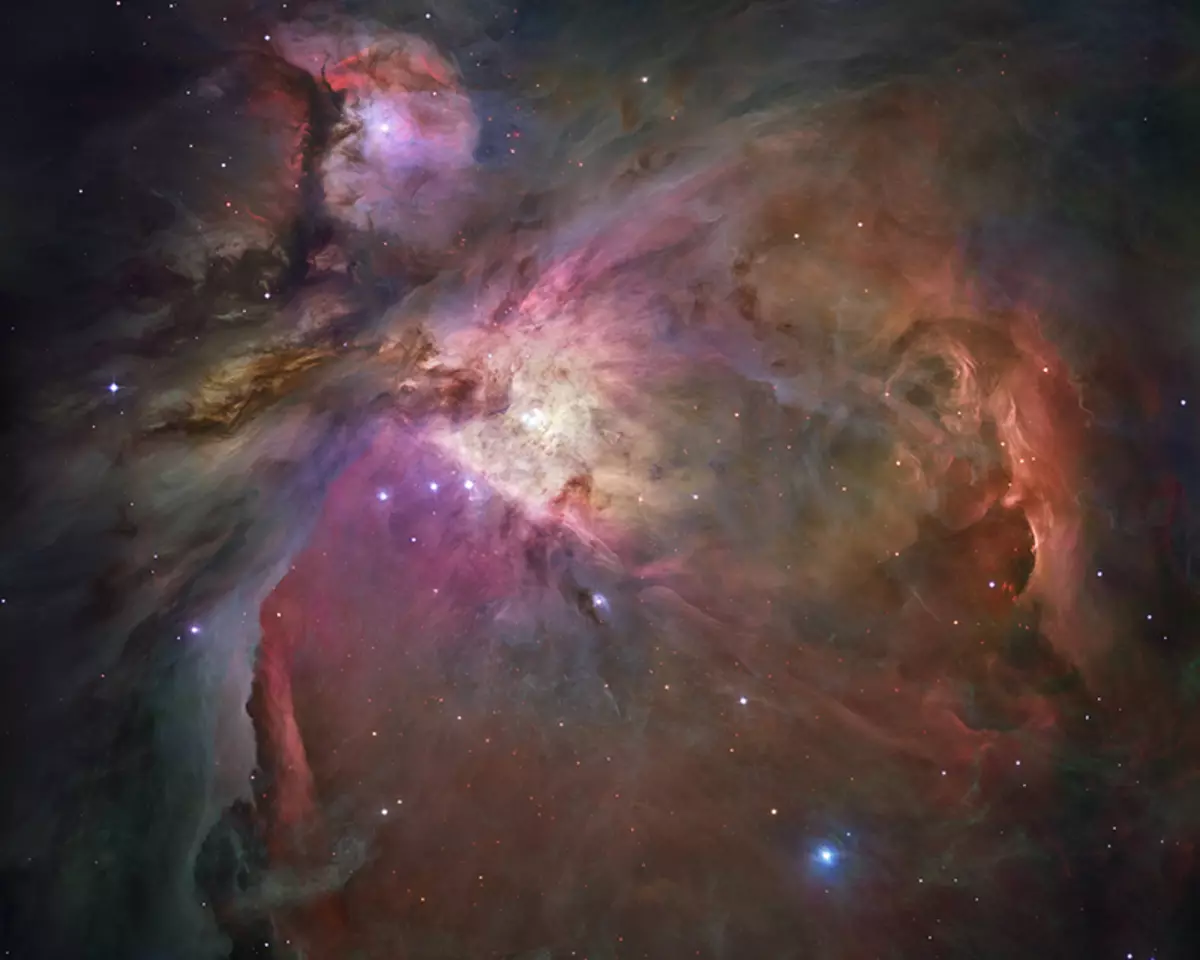
Астраномы - тыя яшчэ рамантыкі. На гэтым здымку захаваны момант нараджэння новай зоркі - вунь яна, у самым цэнтры зіхатлівага газавага воблака. І як ты думаеш, якое імя яны далі гэтага цуду? SSTC2D J033038.2 + 303212.
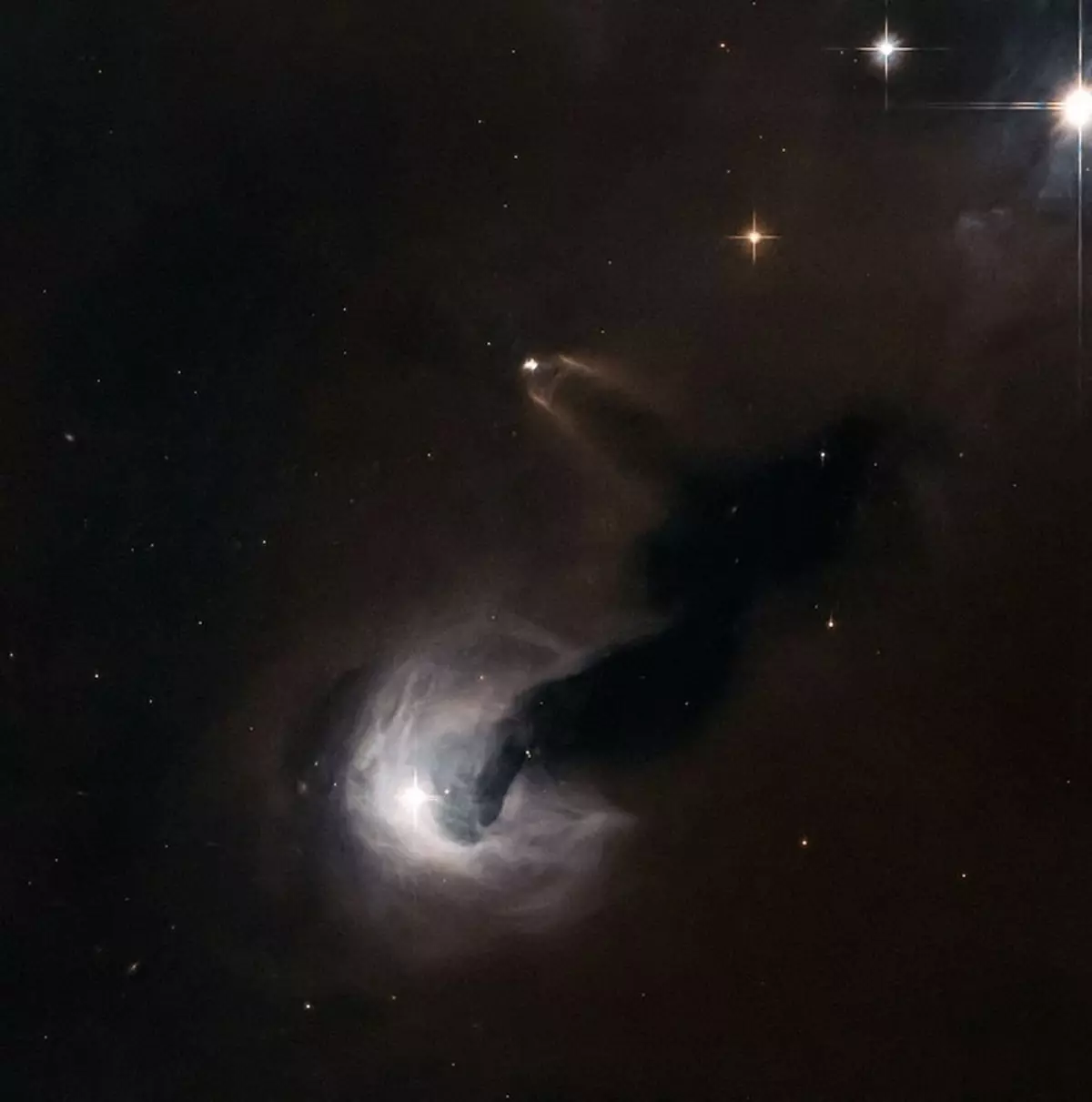
Шаравое зорнае навала. Як быццам Новы год.
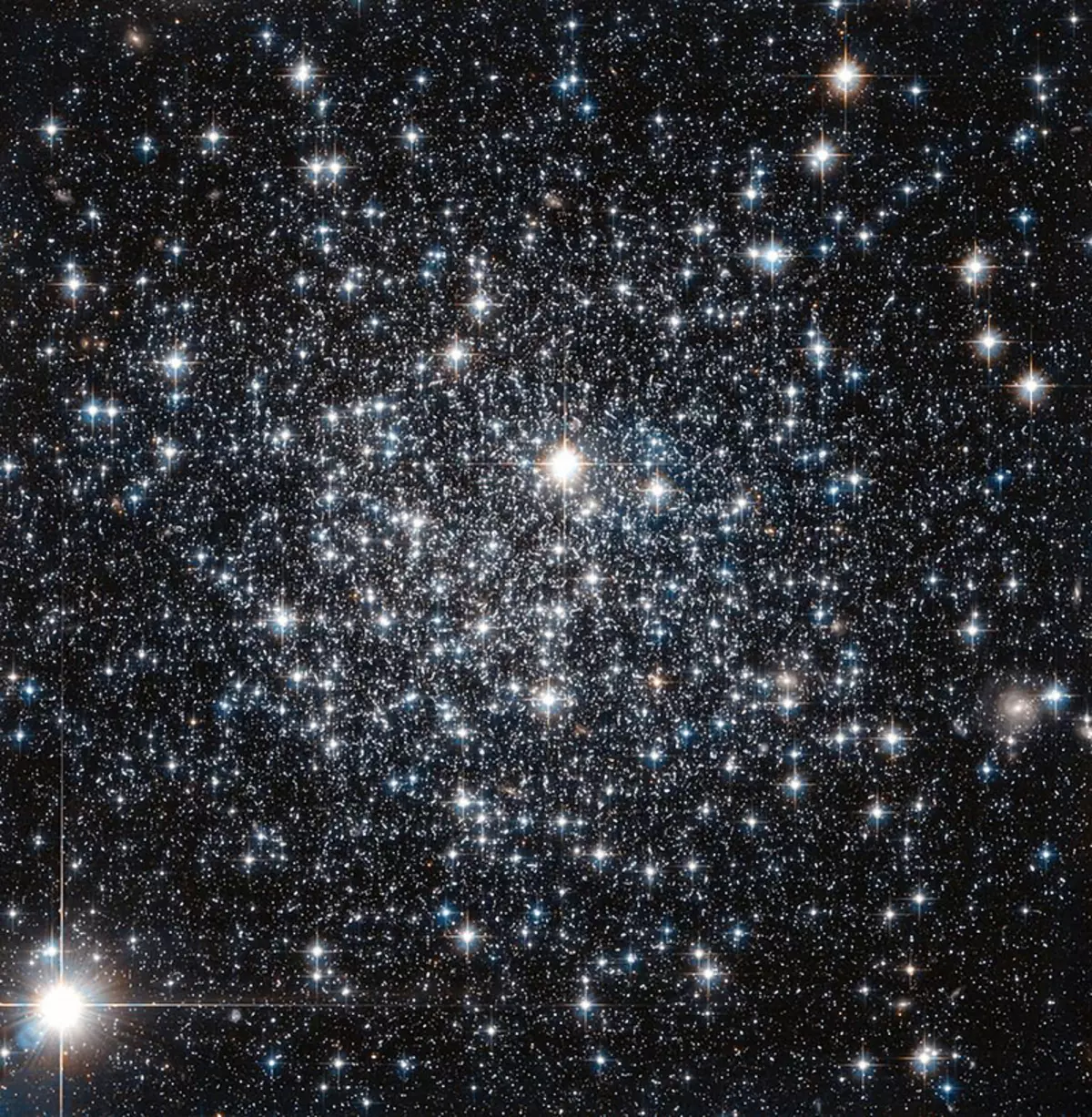
V838 Аднарога выбухнула ў 2002 годзе. Для яе гэта - пачатак канца. Для нас - фантастычнае відовішча.
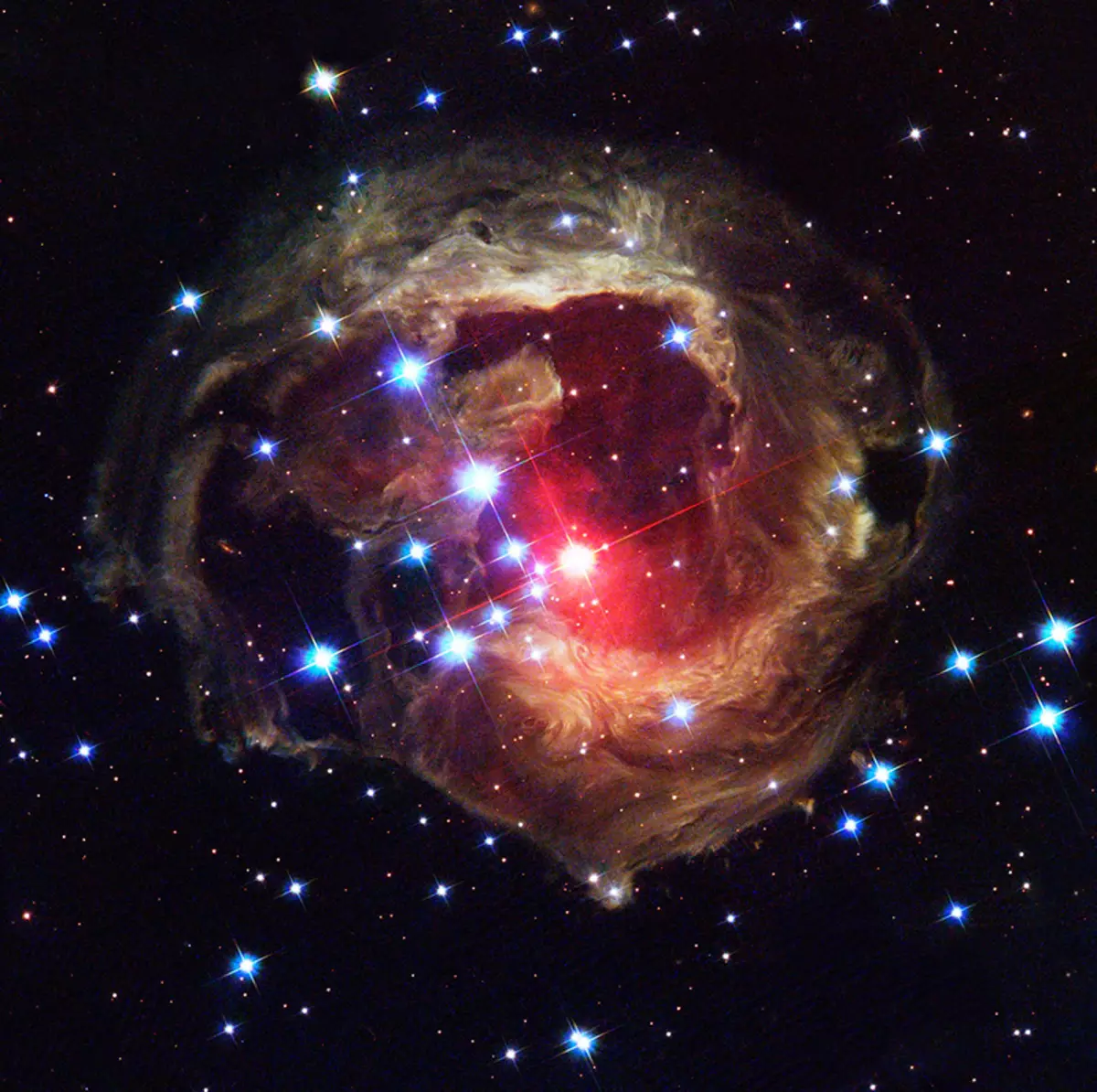
Імглістасць Галава Малпы. Ты бачыш малпу? І мы не бачым. А яна ёсць.
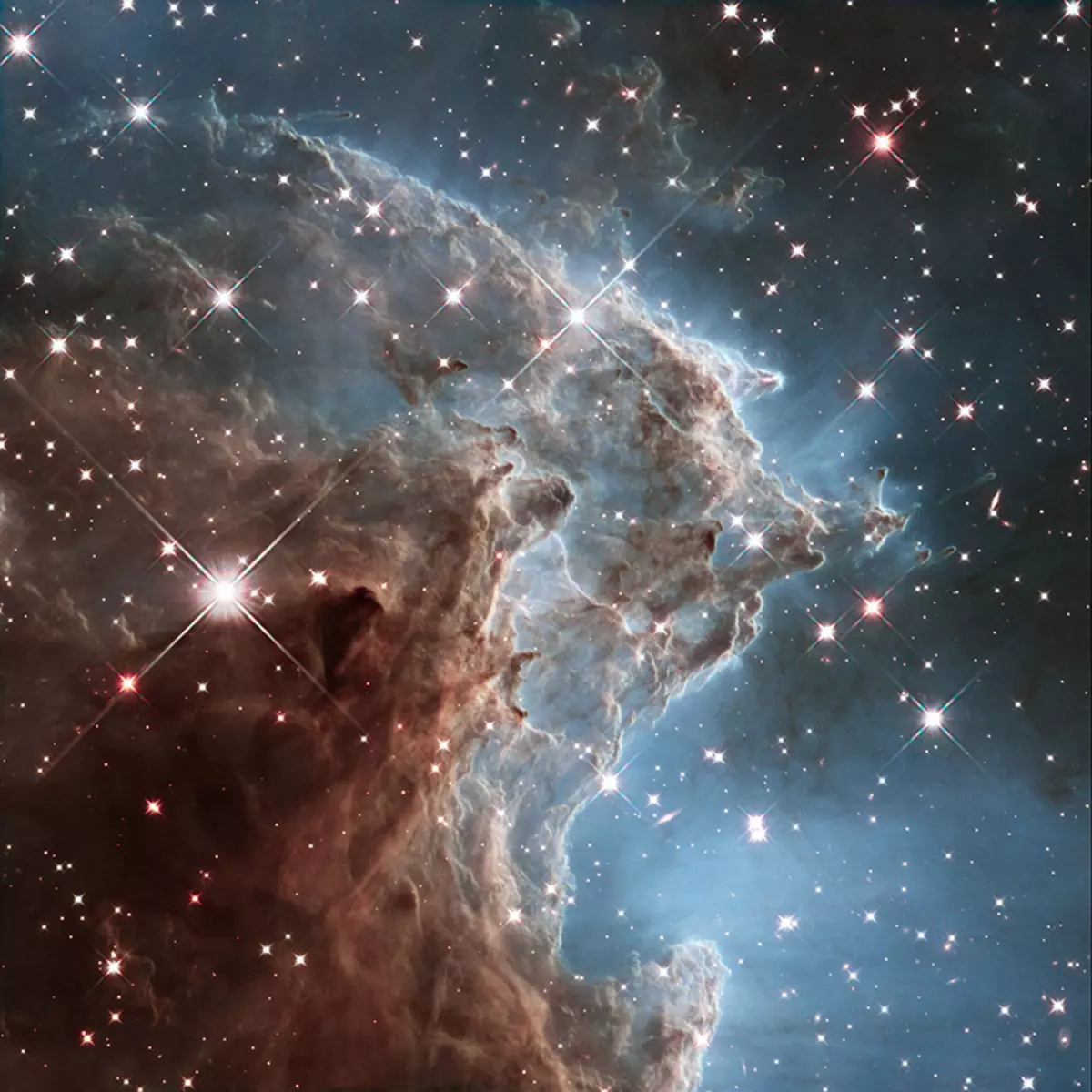
Бура каля паўночнага полюса Сатурна. Не толькі ў нас бывае дрэннае надвор'е.
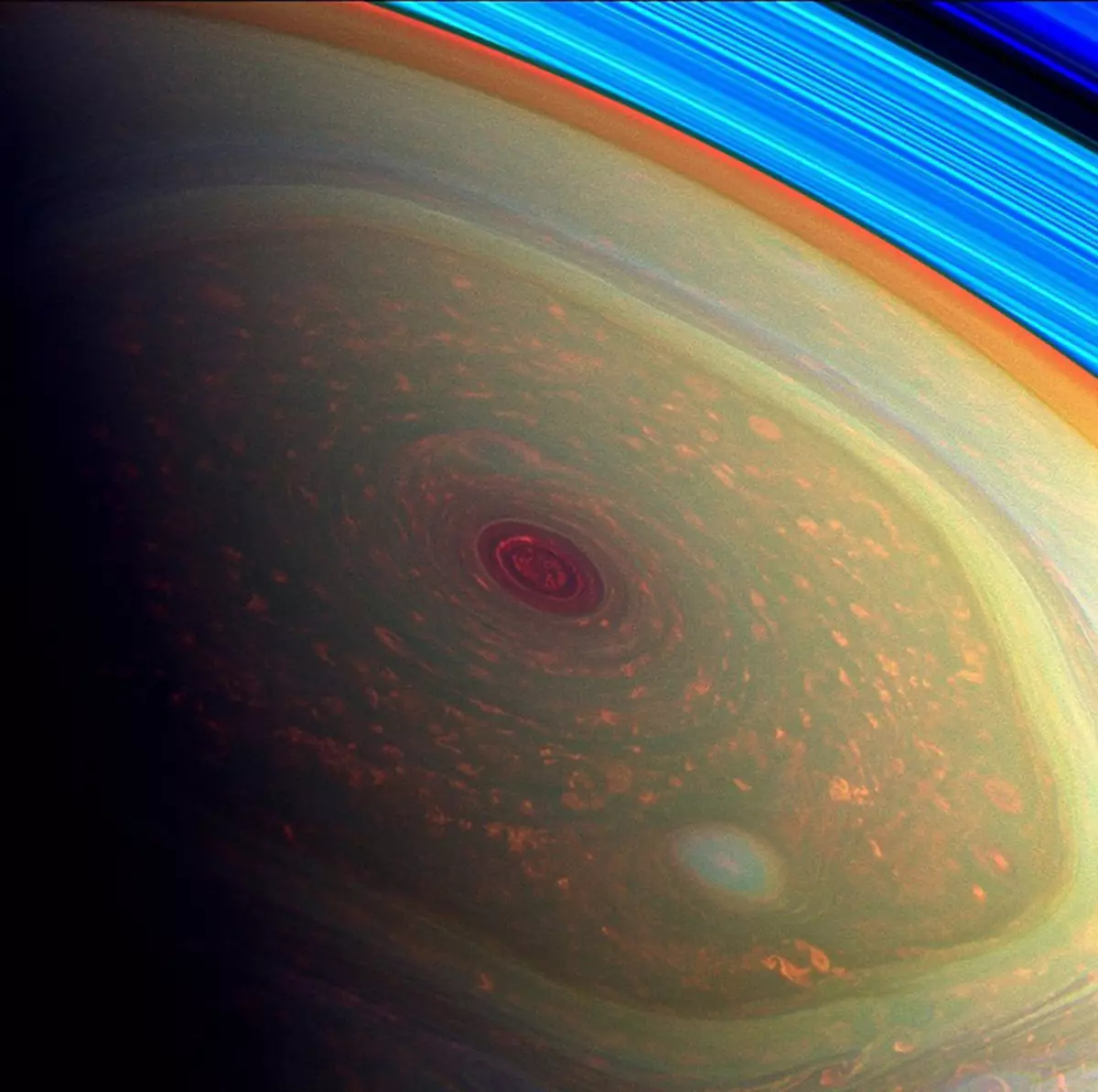
Вось так выглядаюць свежыя звышновыя.
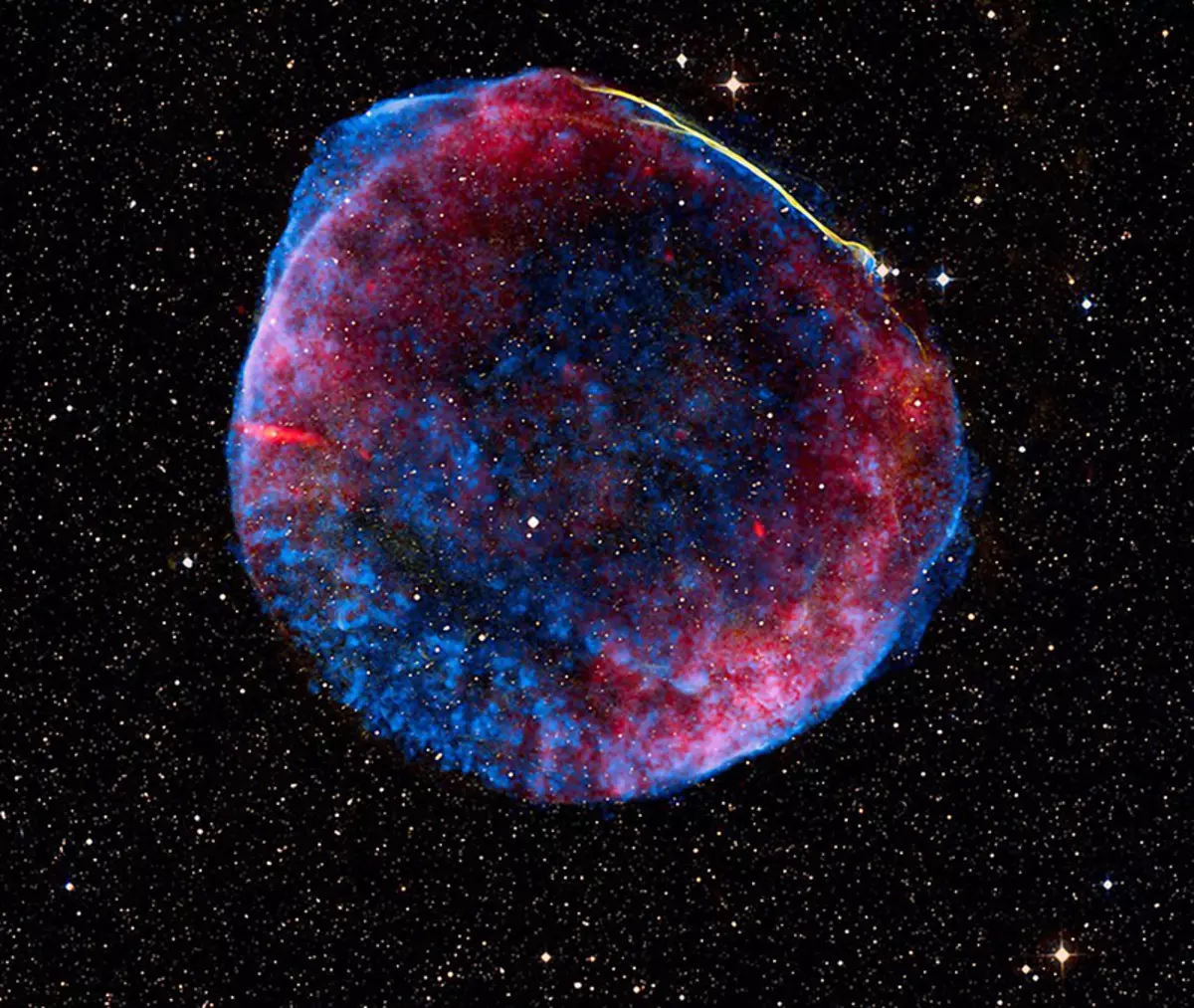
Ці вось так.
